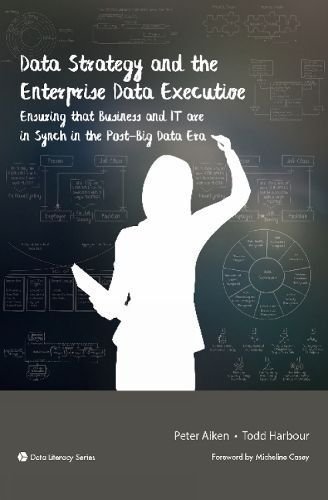Pervasive, data is a unique organizational resource, and this distinction warrants its own strategy. Data, representing your single non-depletable, non-degradable, durable strategic asset, is likely also your most poorly leveraged and underutilized organizational asset. Lack of talent, barriers in organizational thinking, and seven specific data sins prevent most organizations from benefiting fully from their data asset investments. Solving these prerequisites will allow your organization to: ? Improve your organization’s data; ? Improve the way your people use data; and ? Improve the way your people use data to achieve your organizational strategy.This method better focuses data and thinking in direct support of strategic objectives. After eliminating necessary prerequisites, organizations can develop a disciplined and repeatable means of improving their data, literacy, standards, and controls using data governance practices. Once in place, the process (based on the theory of constraints) becomes a variant of lather, rinse, and repeat. Several complementary concepts covered include: ? An overview of data strategy prerequisites; ? A repeatable process for identifying and removing data constraints; ? Why data strategy is necessary for effective data governance; ? Balancing operational results with capability development; ? An objective definition of data-centric thinking; and ? Ways to monetize these efforts.












